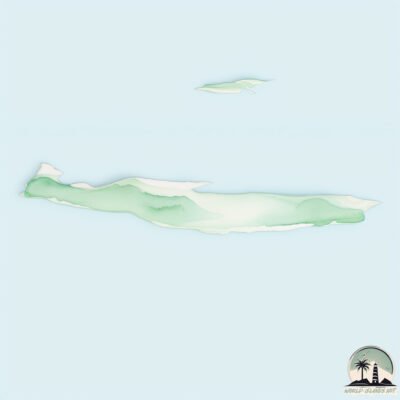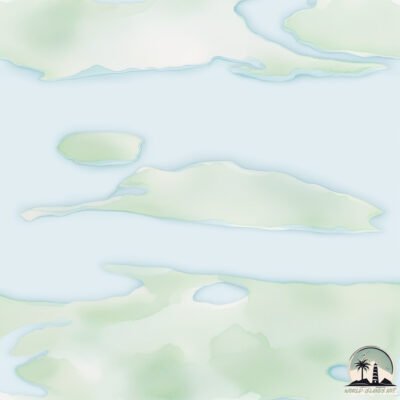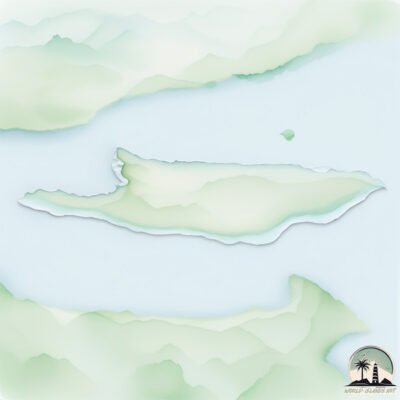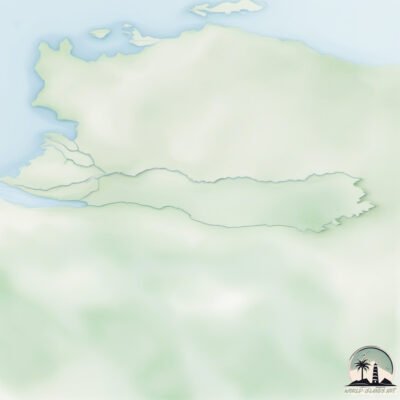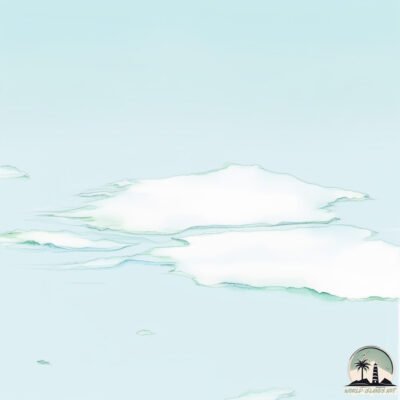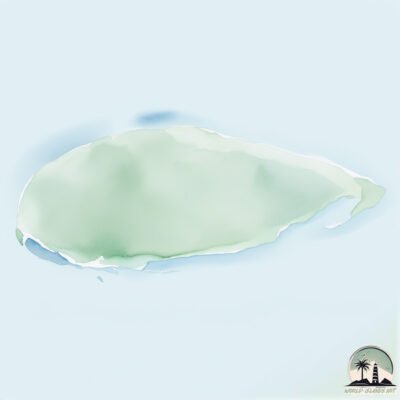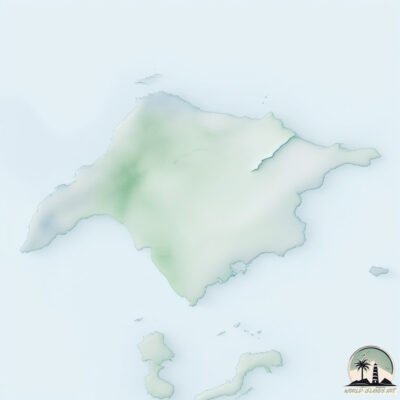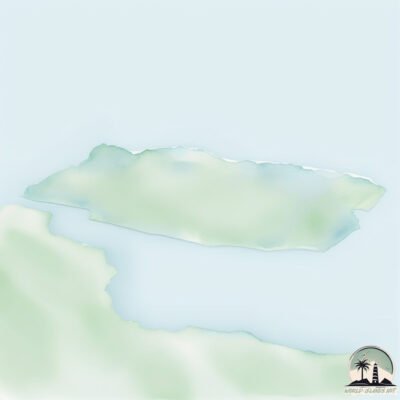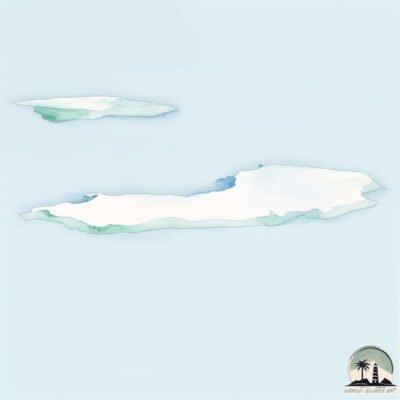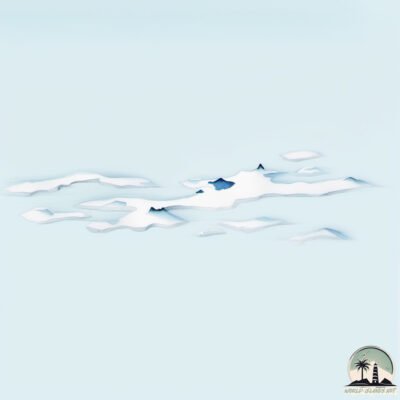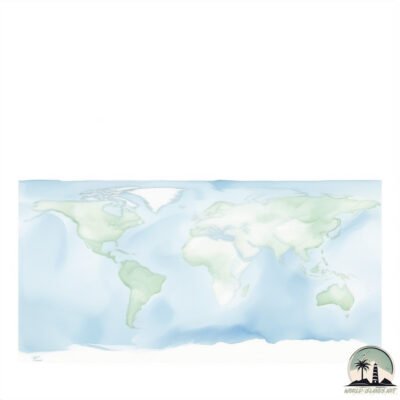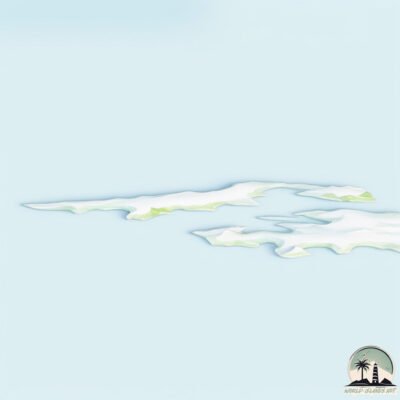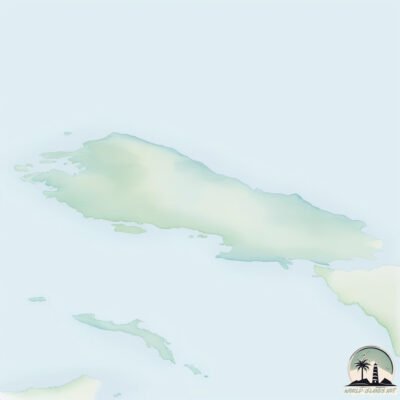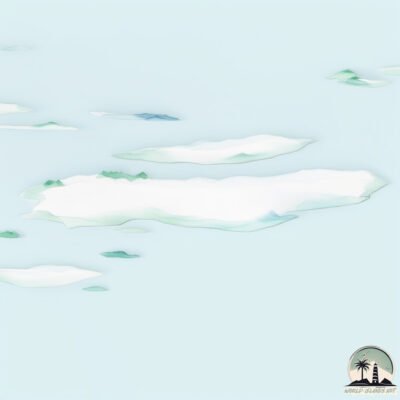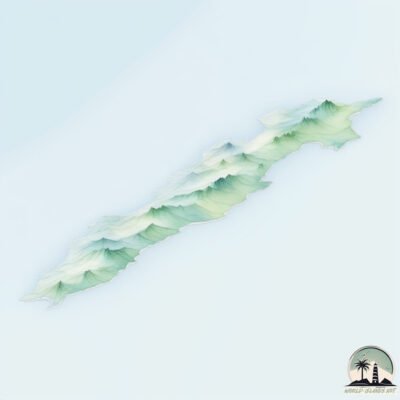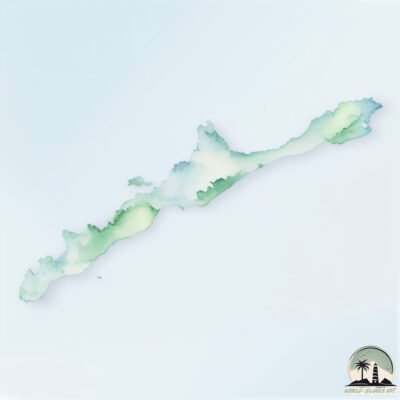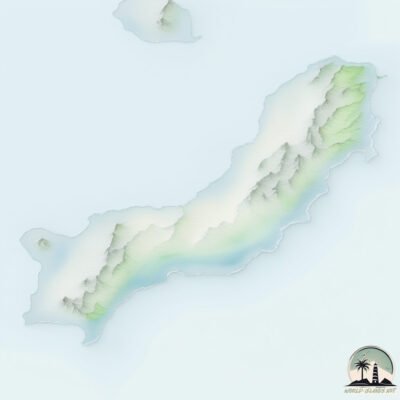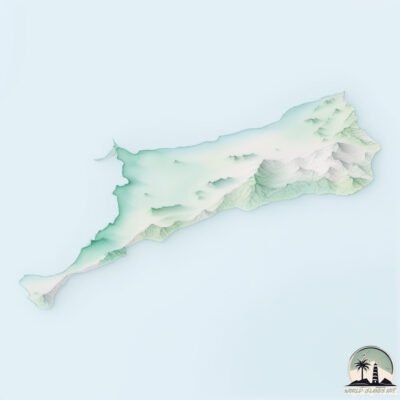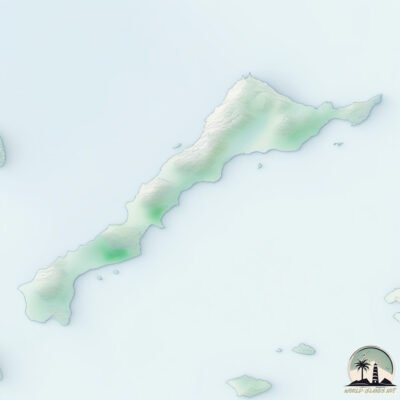Russia
Exploring Russia’s Islands: A Mosaic of Wilderness and History
Russia, the largest country in the world, is home to a vast array of over 500 islands, each offering a unique glimpse into the nation’s diverse landscapes and rich history. Spread across various seas and oceans, these islands range from the frigid Arctic territories to the temperate enclaves in the Baltic.
I. The Arctic Archipelagos
In the extreme north, the Arctic archipelagos, such as Franz Josef Land, Severnaya Zemlya, and Novaya Zemlya, are realms of stark beauty and wilderness. These remote islands, with their icy landscapes and unique Arctic ecosystems, are a haven for rare wildlife and are pivotal for scientific research, especially in studying climate change.
II. The Pacific Islands
To the east, in the Pacific, the Kuril Islands and Sakhalin Island mark Russia’s presence in this vast ocean. The Kuril Islands, stretching between Russia and Japan, are known for their volcanic landscapes and hot springs, whereas Sakhalin, with its rich natural resources, plays a significant role in Russia’s economy.
III. The Baltic and Black Sea Islands
In the more temperate regions, the Baltic Sea hosts islands like Kaliningrad, which, with its unique blend of Russian and European influences, offers a different cultural experience. The Black Sea’s islands, though fewer, add to the geographical diversity of Russia’s island territories.
IV. Cultural and Historical Significance
Many of Russia’s islands are steeped in history, from being sites of strategic importance during wars to their roles in exploration and trade. These islands are not just physical entities but are chapters in the narrative of Russia’s past, holding stories of conquests, explorations, and settlements.

